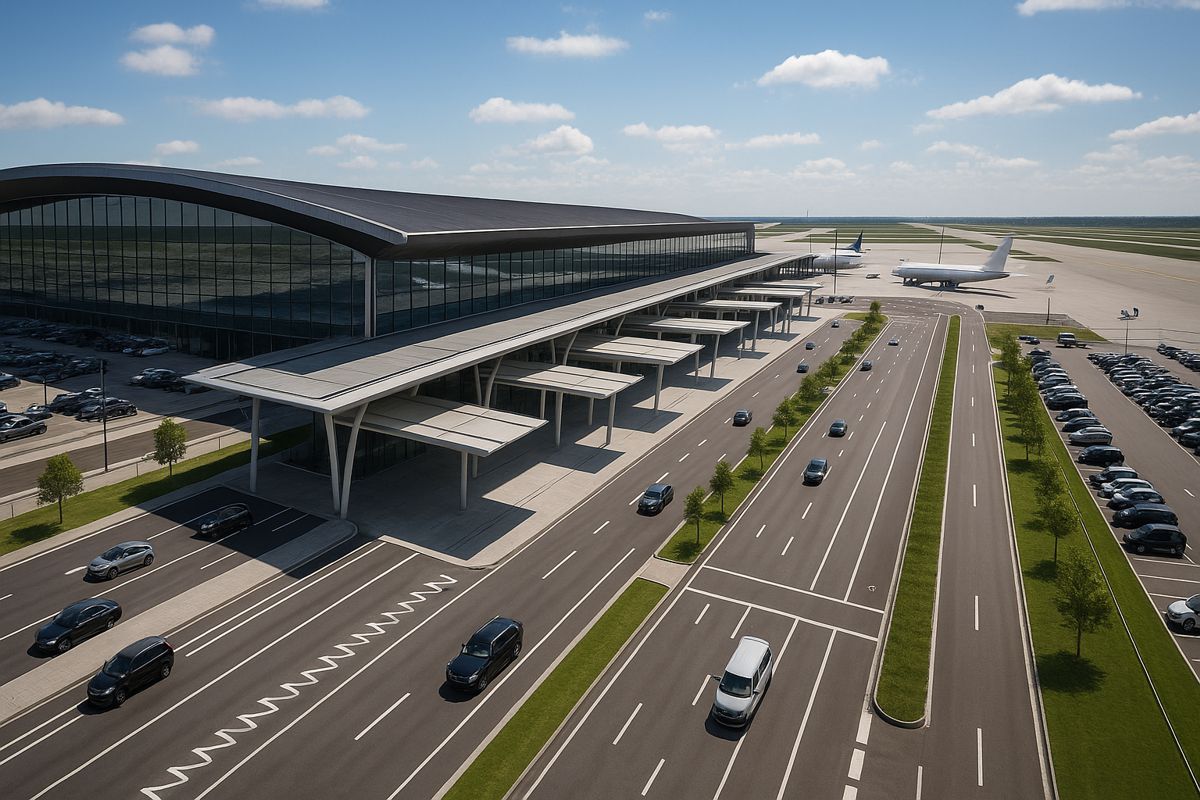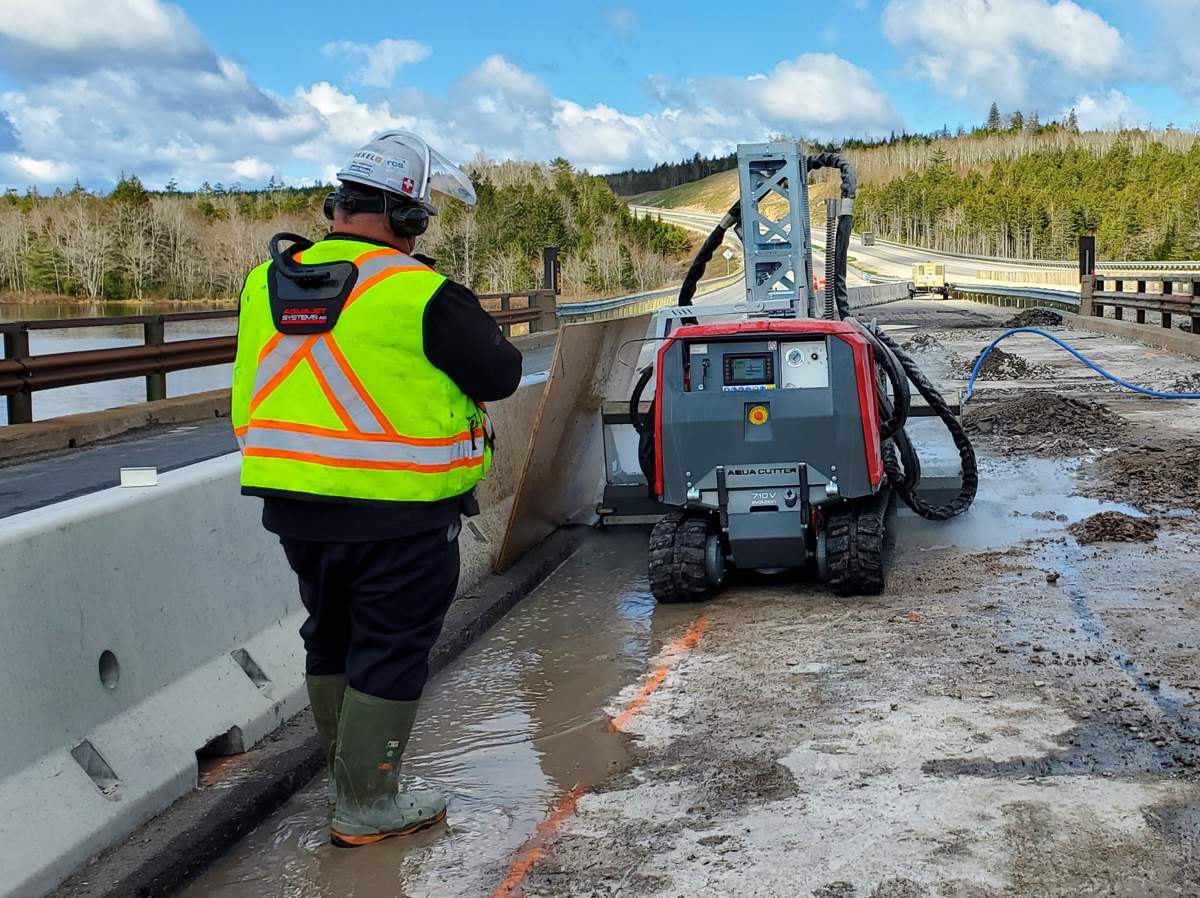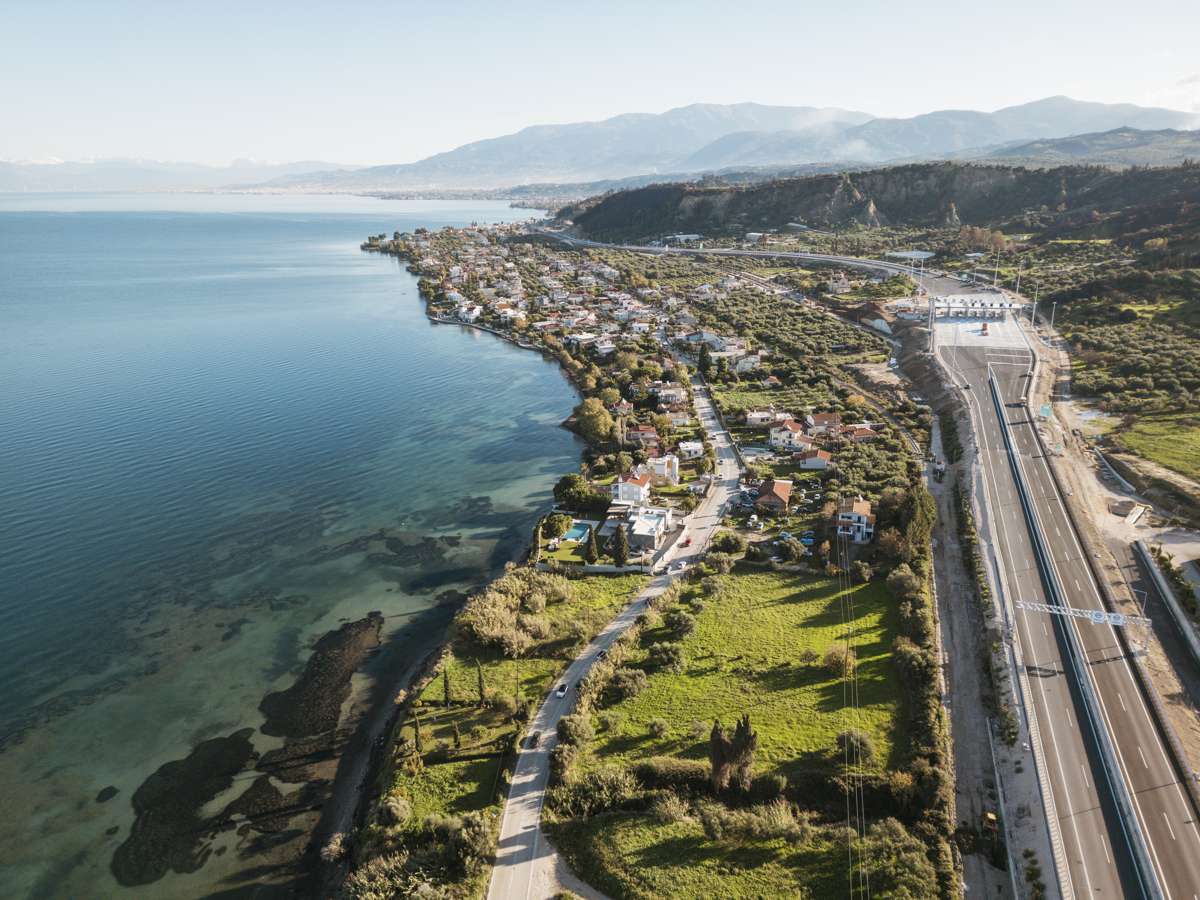Global Contractors Line Up to Deliver Poland’s Flagship CPK Airport
In a move that could reshape Central and Eastern Europe’s transport landscape, Centralny Port Komunikacyjny (CPK) has just launched its quest to appoint a General Contract Engineer (GCE), also called the Delivery Partner, to steer the mammoth new airport scheme.
This is more than a routine procurement; it’s the beating heart of a vision to deliver Poland’s flagship aviation‑rail hub on time, within budget, and to global norms.
Setting the Stage
For a project as ambitious as CPK, combining a greenfield airport with high‑speed rail and road linkages, the GCE is pivotal. The winner won’t simply supervise: they’ll take on a hybrid role, blending Project Management Consultant (PMC) and Contract Engineer (Construction Manager) responsibilities. In practice, that means overseeing design coordination, contractor oversight, procurement strategies, interface management, quality control, cost management, risk mitigation, and schedule assurance.
In short: they must ensure the project doesn’t stumble on complexity or misalignment. CPK describes the appointment as central to meeting the airport’s operational, financial and technical benchmarks.
This tender comes in the wake of a related move: CPK recently floated a tender for the passenger terminal’s general contractor, estimated at over 5 billion PLN. The GCE selection follows that, underlining how tightly phased and interdependent the procurement pipeline is.
Scale, Schedule & Strategy
CPK is far from a modest airport. The master architect team of Foster + Partners and Buro Happold has already finalised a striking terminal design. At 450,000 m², it’s nearly triple the size of Warsaw Chopin’s terminal. That first phase will aim for a handling capacity of 34 million passengers per year, with headroom for further increments.
Phasing is critical. The terminal itself is laid out over three levels (arrivals, departures, coach handling), with adaptable piers and a mix of Schengen and non‑Schengen capability built in. The construction schedule envisions starting in 2026, completing the underground railway and tunnel by 2029, and opening the airport by end‑2032.
From a strategic lens, CPK is not just national: it’s designed to slot into the EU’s core TEN‑T corridors, especially the North Sea–Baltic axis. Moreover, CPK is building up to €8 billion in infrastructure tenders for 2025 alone, with major contracts for rail, road, energy, terminals and systems.
In short, the GCE must not only deliver technical excellence, but also orchestrate delivery amid a dense web of design, civil, systems and interface packages.
Tender & Selection Mechanics
The GCE tender is open to firms that can demonstrate international experience on greenfield airports and large infrastructure projects. Submissions were slated for 29 August 2025, after which CPK will shortlist up to five bidders.
Assessment criteria will likely combine technical capability, past performance, cost proposals, risk allocation, organisation structure, and interface handling. Given the parallel selection of the terminal contractor, the GCE must also show integrated planning capability.
Because the GCE will effectively set the tempo and governance for the rest of the project, the selection will be a high‑stakes gamble, the wrong choice could cascade into delay or cost overrun.
Challenges and Risks
It’s a tall order. A handful of the principal challenges:
- Interface complexity: The airport, rail, roads and utilities all intersect. Any misalignment in design packages or contractor staging could derail schedule or cost.
- Design evolution: Changes by the master architect or underlying engineering packages may need agile realignments.
- Regulatory and permitting: Poland and EU rules on environmental impact, land acquisition, utilities and cross‑border coordination impose constraints.
- Senior stakeholder alignment: With government, local communities, financiers, EU funders, and regulators to manage, even nontechnical missteps could become politically costly.
- Cost and inflation: Global supply chain pressures and inflation remain fluid. Any miscalculation can amplify underrun risk.
- Schedule slip: The margin is slim, delays in one package (say railway tunnels) will ripple.
To mitigate, the GCE must bring a robust risk register, contingency planning methods, and an early‑engagement culture across stakeholders.
What This Means for Investors, Industry & Policy Makers
For investors and construction firms, this is one of Europe’s marquee infrastructure plays in the coming decade. The GCE role is a visible, high‑responsibility anchor, a chance to lead rather than follow. Winning firms would likely leverage the position into key downstream packages: airside, systems, MEP, etc.
From a policy perspective, success or failure here will send signals about Poland’s credibility in executing megaprojects, and by extension influence future private or public investment in Eastern European infrastructure. For national planners and transport ministries elsewhere, the CPK model offers lessons in how to sequence procurement for synergy rather than bottleneck.
What to Watch
Over the coming months:
- Shortlist announcement: the market will watch which global or regional firms make the cut.
- Early interface workshops: the dialogue phase will test how bidders approach integration.
- Role clarity on risk and scope: how will CPK delineate GCE vs contractor responsibilities?
- Financing clarity: the debt financing advisor (a Lazard / Pekao consortium was selected recently) will shape capital structure.
- Procurement cadence: whether future tenders for roads, energy, systems move as scheduled or are delayed.
If all goes well, Poland could be setting a new benchmark for integrated aviation‑rail infrastructure delivery in Europe.
A Step Forward
CPK’s decision to issue a GCE tender at this stage reflects both confidence and precision. Rather than leave client oversight to chance, the authorities are embedding central control and accountability from day one.
This project isn’t just about building an airport. It’s about delivering a new benchmark in connectivity, economics, and transport strategy across a region. The GCE will carry more than blueprints and budgets, they will carry expectations: to knit together complex strands into a single, coherent delivery.
If firms rise to that challenge, CPK could mark Poland’s leap from infrastructure ambition to infrastructure exemplar.




















